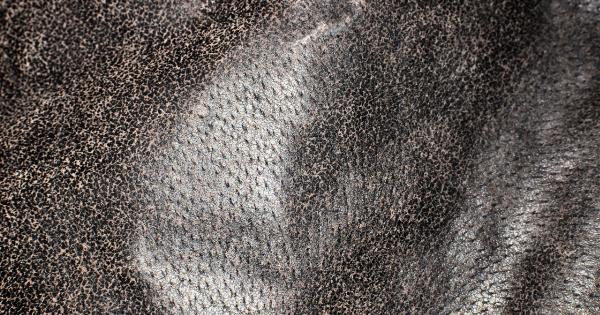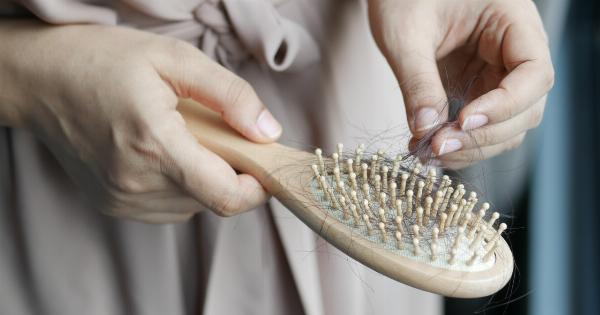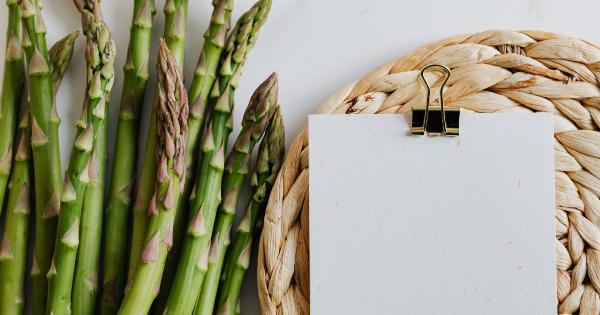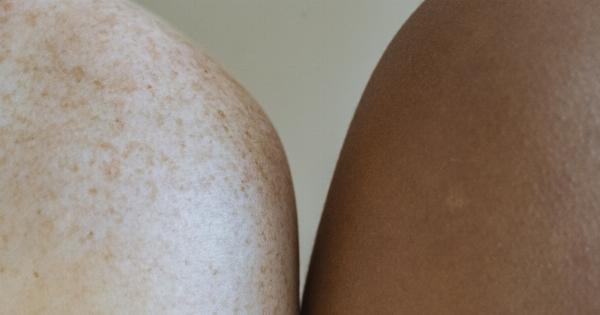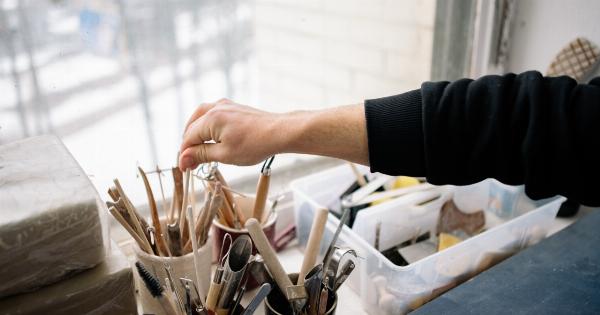Waxing is a popular method of hair removal that leaves your skin smooth and hair-free for weeks. However, regular waxing sessions at a salon can be quite expensive.
The good news is that you can save money and still achieve salon-like results by learning how to do waxing at home. DIY waxing is not only cost-effective but also convenient as you can do it at your own convenience. In this article, we will guide you through the process of DIY waxing, providing helpful tips and tricks along the way.
What You’ll Need
Before you dive into the DIY waxing process, gather the following items:.
- A waxing kit
- Wax strips
- Wax warmer or microwave
- Pre-wax cleanser
- Waxing sticks or spatulas
- Post-wax oil or lotion
- Powder or cornstarch (for sensitive areas)
- A mirror (if needed)
- Talcum powder (optional)
Preparing Your Skin
Properly preparing your skin before the waxing process is essential for obtaining smooth and hair-free results. Follow these steps:.
Cleanse:
Begin by washing the area to be waxed with a gentle cleanser. This ensures that your skin is free from any oils, lotions, or sweat that may interfere with the wax’s adherence.
Exfoliate:
Next, exfoliate the skin using a scrub or loofah. This helps remove dead skin cells and allows the wax to grip the hair more effectively, resulting in less pain and better results.
Dry:
Ensure that the waxing area is completely dry before proceeding. Excess moisture can make it difficult for the wax to adhere properly.
Trim:
If the hair is too long, trim it to about a quarter of an inch. Shorter hair ensures better waxing results.
Choosing the Right Wax
There are various types of wax available for home use, including soft wax and hard wax. Understanding the differences between them will help you choose the right wax for your needs:.
Soft Wax:
Soft wax is commonly used for larger areas like legs, arms, and back. It requires wax strips to be applied and removed.
Hard Wax:
Hard wax is perfect for sensitive areas such as the bikini line, face, and underarms. It hardens on the skin and can be peeled off directly without the need for strips.
Step-by-Step DIY Waxing Process
Step 1: Heat the Wax
Follow the instructions provided with your wax kit to heat the wax either in a wax warmer or microwave. Be cautious to avoid overheating, as it may cause burns. The wax should have a smooth, creamy consistency.
Step 2: Test the Temperature
Before applying the wax to a larger area, it’s essential to ensure it’s at a comfortable temperature. Apply a small amount of wax to a small patch of skin, let it cool for a few seconds, and check if it feels warm but not too hot.
Step 3: Apply Wax
Using a waxing stick or spatula, apply a thin layer of wax in the direction of hair growth. Ensure the layer is not too thick, as it may result in incomplete hair removal.
Step 4: Apply Wax Strips
If you are using soft wax, place a wax strip over the applied wax and press it down firmly. Smooth the strip in the direction of hair growth to help the strip adhere to the wax.
Step 5: Remove the Strips
Gently hold the skin taut with one hand and with the other hand, grab the end of the strip and quickly pull it off in the opposite direction of hair growth. Remember to pull parallel to the skin and not upward to minimize discomfort.
Step 6: Repeat the Process
Continue applying wax and removing strips in small sections until you have covered the desired area. Take breaks if needed, but try to maintain a steady pace to prevent the wax from hardening too much.
Step 7: Clean Up
Once you have finished waxing, clean up any residual wax using post-wax oil or lotion. This will also help soothe the skin and minimize any redness or irritation.
Step 8: Moisturize
After waxing, apply a soothing moisturizer to hydrate and nourish your skin. This step is crucial as waxing can temporarily strip the skin of its natural oils.
Tips for a Successful DIY Waxing Experience
Prepare in Advance:
Gather all the necessary supplies and read the instructions carefully before starting the waxing process. Being prepared will make the process smoother.
Start with Simple Areas:
If you are new to DIY waxing, begin with larger and less sensitive areas like the legs. Once you gain confidence and experience, you can move on to more challenging areas.
Work in Small Sections:
Focus on one small section at a time to ensure thorough hair removal. It also helps manage pain and prevents the wax from hardening too soon.
Apply Proper Pressure:
When applying the wax or wax strip, press it down firmly to allow proper adhesion to the hair and skin. This ensures better results.
Go Against Hair Growth:
While removing the wax strip, pull it off in the opposite direction of hair growth. This helps in effective hair removal and reduces the chance of breakage.
Relieve Discomfort:
If you experience discomfort during waxing, hold the skin taut with one hand while removing the strip with the other. This minimizes pain and reduces the risk of bruising.
Take Breaks if Needed:
If you have a large area to wax or need to pause, take breaks to ensure the wax doesn’t cool down or harden too much. However, try to maintain a good rhythm for smoother results.
Don’t Overdo It:
Avoid waxing the same area multiple times in one session, as it may cause skin irritation and increase the risk of ingrown hairs. If necessary, go for touch-ups after a few days.
Post-Wax Care:
After waxing, avoid hot showers, swimming pools, or exposing the waxed area to direct sunlight for at least 24 hours. Your skin may be more sensitive during this time.
Exfoliate Between Sessions:
Regularly exfoliate your skin with a gentle scrub or loofah between waxing sessions to prevent ingrown hairs and keep your skin smooth.
Conclusion
DIY waxing is an excellent way to save money while still enjoying the benefits of smooth, hair-free skin. With proper preparation, the right wax, and following the step-by-step process, you can achieve salon-like results at home.
Remember to take your time and be patient as you gain experience with DIY waxing. With practice, you’ll become more confident and efficient, reaping the rewards of cost-effective and convenient hair removal.












